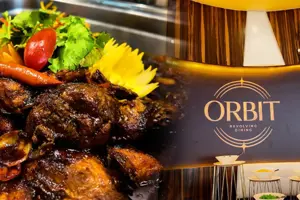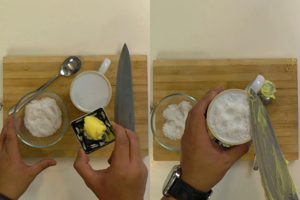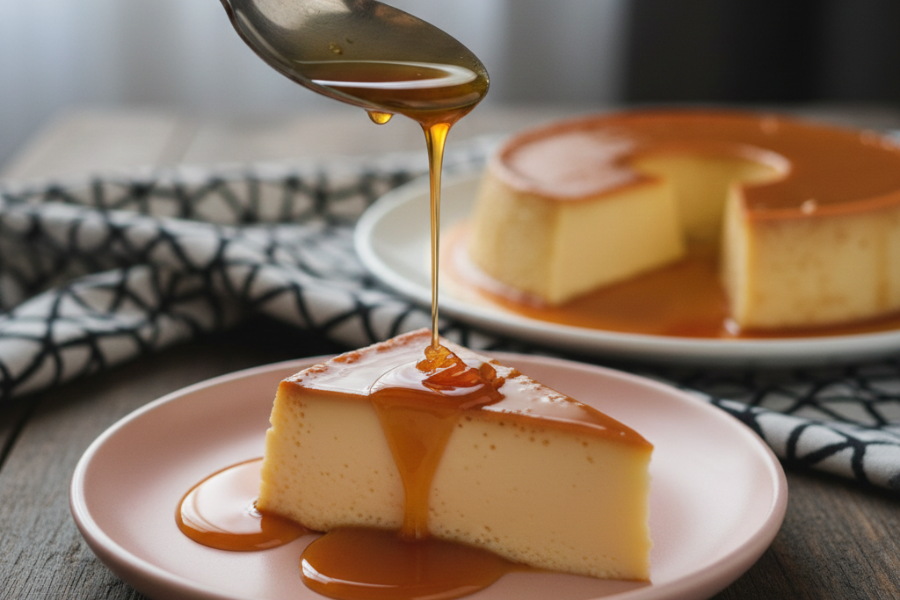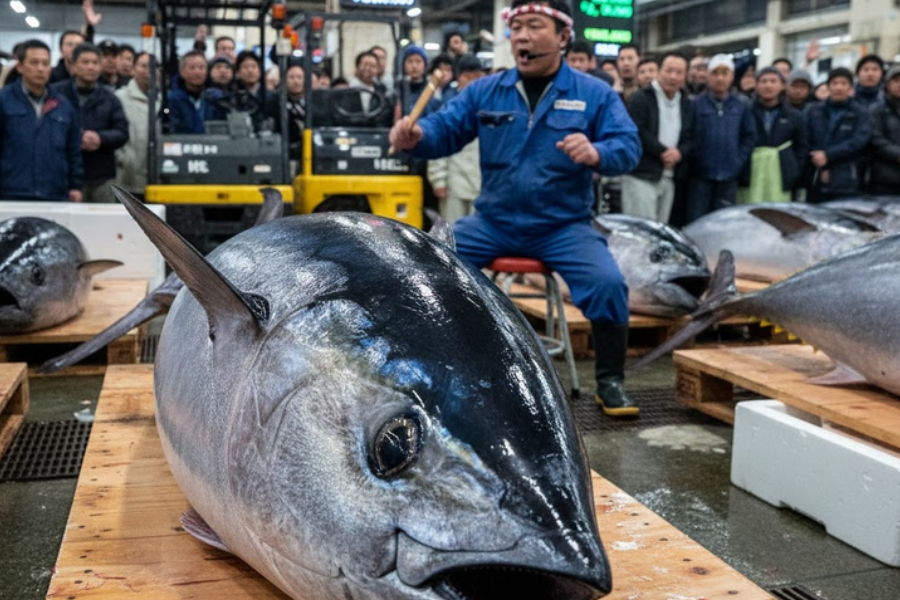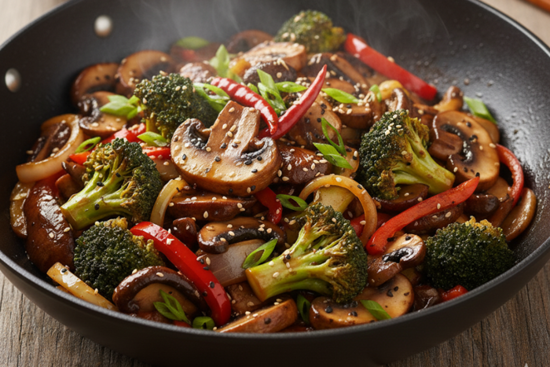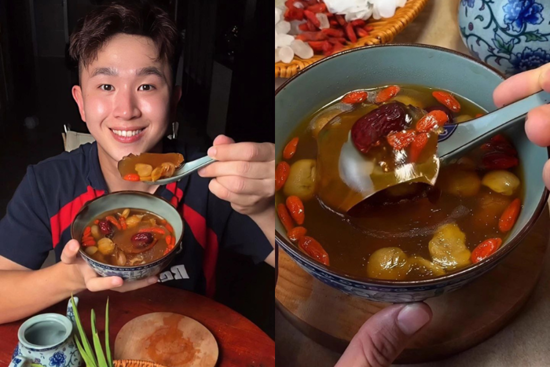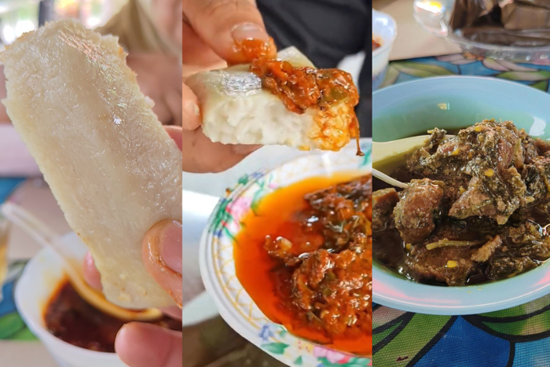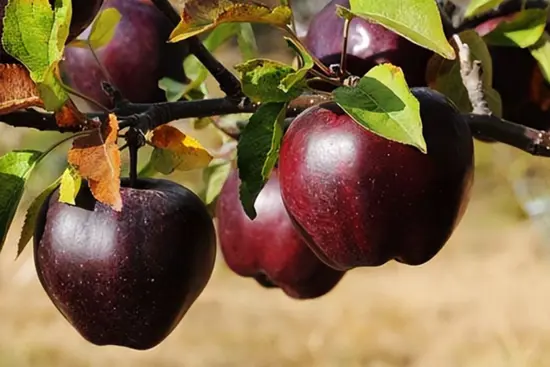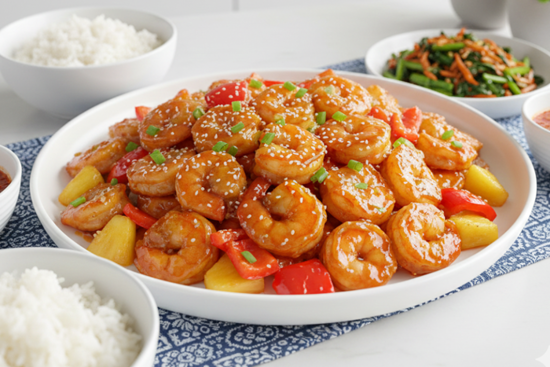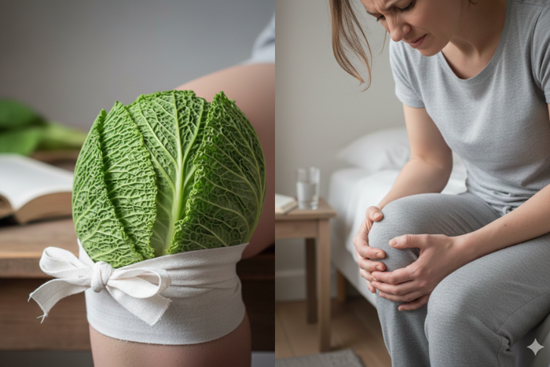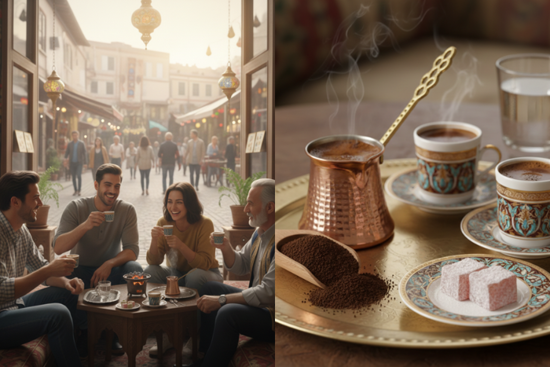terkini
Trending
Resipi & Bakeri
Singgah Makan
Lebih Menarik
KUALI | Trending
Peniaga tergamam individu minta 'sponsor' 180 pek tiramisu, beri alasan permintaan majikan - “Bos semua cakap sedap”
TAK tahu malu betul, boleh pula dia minta sponsor 180 pek tiramisu.
KUALI | Trending
Epal black diamond lebih manis daripada madu, hanya 'hidup' di pergunungan Tibet... Harganya cecah RM30 sebiji
BUAH epal ini hanya boleh ditemui di Tibet, China!
KUALI | Trending
“Amoi suka masak, abang suka makan” - Aisha Tan dan Azrul kongsi pertemuan pertama, kepak ayam cola perkenal Soya Belacan di media sosial
RASA macam nak beristerikan amoi pandai masak pulak...
KUALI | Menu Selebriti
[V] Sharifah Shahirah tak masak, serah tugas di dapur kepada pembantu dan ibu mentua
TAK memasak bukan bererti Shiera pemalas.
KUALI | Trending
Gula-gula getah ada ribuan mikroplastik? Lelaki kejar 'jawline' kaku bila baca kajian penyelidik
SIAPA boleh buat belon pakai gula-gula getah kira hebat.
KUALI | Resipi Moden
Tak perlu goreng, udang masam manis versi air fryer ‘confirm’ menjadi
KALAU beli kat luar dah kena belanja banyk pula!
KUALI | Nutrisi
Rawat sakit lutut dengan sayur kobis? Pelik tapi ramai kata menjadi, ini penjelasan sains
TAK salah cuba mana tahu boleh kurangkan rasa sakit.
KUALI | Trending
Peniaga suka sebab murah, tapi kertas pembungkus makanan ada risiko tak halal
HATI-HATI, bab halal haram ni bukan setakat makanan saja!
KUALI | Tip & Trik
Jangan panik minyak habis, ini petua masak telur dadar guna daun pisang
KREATIF juga orang dulu-dulu masak!
KUALI | Trending
Kopi Turkiye bukan sekadar minuman, tradisi 500 tahun yang terus hidup
KOPI pun ada nilai sejarah menarik!












